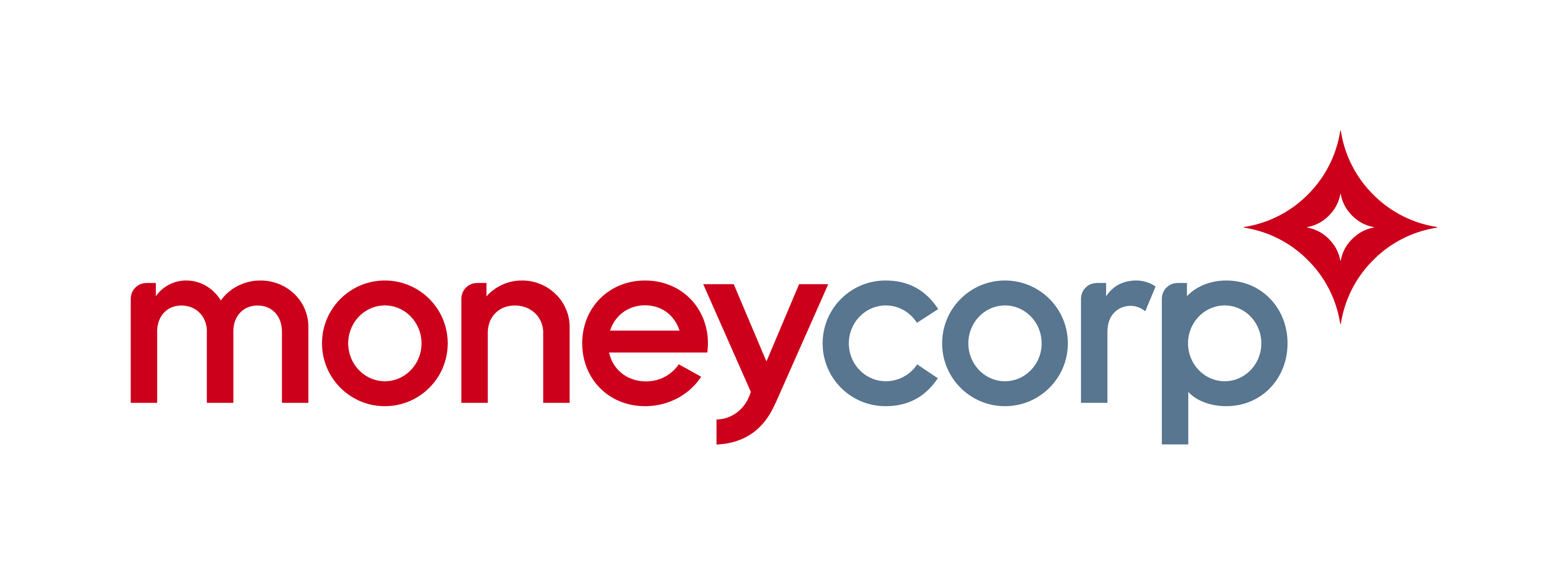Weekly Brief

A big week ahead
10 minute read15 September 2023
GBP
Similar to the other dollar majors, GBP/USD has been on a straight-line decline for the best part of nine weeks now after hitting 1.3126 in the middle of July. However, this week, the decline has been modest, and as of Thursday afternoon, it looks like the pound could finish the week reasonably flat, putting at least a temporary pause on that longstanding decline. GBP/USD is currently trading at just over 1.2330 and GBP/EUR at 1.1660.
Aside from the strong greenback (see USD), soft incoming UK data has been further fuelling the sterling's decline. Last week's comments from Bank of England Governor Andrew Bailey, suggesting that the BoE are nearing the end of its interest rate hiking cycle, also gained some believability throughout the market this week after another batch of weak-looking updates.
The latest UK employment report was released on Tuesday, which highlighted wage growth is now rising at a faster pace than inflation for the first time over two years. UK wages (excluding bonuses) rose by 7.8% on an annual basis over the three-month period from May to July, which is good news for employees who have been struggling to cope with the effects of surging inflation, fuelling significant rises to their cost of living. However, the overall unemployment rate also unexpectedly rose from 4.2% to 4.3% over the same period, with overall vacancies now falling below a million for the first time in nearly two years. This could suggest that the Labour market may now be beginning to turn.
Just a day later, the latest UK growth data also looked particularly soft, which may give the clearest signal to the BoE after GDP shrank by 0.5% during July. Markets had been expecting a dip of around 0.2% for the period. Furthermore, Manufacturing and Industrial Production saw sharp declines over the last month.
The BoE will make its latest decision on rates next Thursday, with the outcome far more uncertain after the recent soft data. However, the latest UK inflation data could still tip the pendulum one way or another when it's released just a day before. In the meantime, expect GBP/USD to tag along with the broader dollar moves.
EUR
After much speculation, the ECB raised the key Euro area interest rates by another 25bps yesterday, marking its tenth successive rate hike, moving the deposit rate to a record high of 4%. However, at the same time, the ECB downgraded growth forecasts for the region and upgraded the outlook on inflation.
The revised growth outlook saw the ECB cutting its previous forecast for every year until 2025, with the central bank now expecting the economy to expand by just 0.7% this year and around 1% next year, a figure revised down from 1.5% previously.
With its 'dovish hike' suggesting that the ECB may have reached its peak rate in this cycle, EUR/USD slipped from around 1.0740 to 1.0640 in a relatively rapid decline as markets reacted to the news.
Rising energy prices fuelling upside risks to headline inflation are thought to be the reason behind the ECB's rate hike. However, President Lagarde also appeared to hint that this could be the last hike in the tightening cycle, although falling short of confirming the terminal rate had been reached. Lagarde told reporters: "The focus is probably going to move a bit more to the duration, but it is not to say — because we can't say — that now that we are at peak."
Ahead of yesterday's ECB meeting, Regional Industrial Production declined by over 1% during July, and there was a mixed German ZEW survey, with the Current Situation deteriorating significantly from -71.3 to -79.4. However, Economic Sentiment improved from -12.3 to -11.4. Looking ahead, we'll be keeping an eye on next week's regional inflation data updates.
USD
For the first time in nine weeks, the dollar looked like it might mark a down week. Helping to drive the dollar lower (and risk assets moderately higher) had been the latest inflation data. Headline inflation rose by 0.6% over the past month, against an expected increase of the same level. However, the year-on-year increase of 3.7% was slightly above estimates of 3.6% and significantly higher than July's 3.2% rise given the recent surge in energy costs, with more than 50% of the jump attributed to petrol price increases.
Core inflation, which strips out volatile energy and food price costs, rose by 0.3% over the past month, slightly higher than the 0.2% rate during July. However, on an annual basis, core inflation declined from 4.7% to 4.3% over the past month. This could support the ongoing theory that inflation is continuing to moderate, provided energy costs stabilise over the coming months.
Overall, many analysts have concluded that the latest inflation data will do little to move the dial for the Fed for next week's FOMC meeting. Indeed, market-implied expectations for the September 20 Fed meeting still have an almost 100% probability that the Fed will pause at the current level, with a 61% chance they will maintain that pause at their November meeting*.
*Source: CME markets
However, yesterday's Retail Sales data certainly took the sting out of the rally in risk assets and sent the dollar temporarily higher once again. Retail Sales increased by 0.6% during August – in the 'back to school' month, significantly ahead of the 0.2% estimated. Much of the increase was attributed to electronics and clothing, both staples on back-to-school shopping lists. However, the key Retail Sales Control Group also increased by 0.1% over the past month, despite forecasts of a flat 0% reading.
The dollar index (DXY) rallied back to the cycle high, reiterating the dollar's recent strength, having declined from a cycle high of just under 105.00 to just over 104.00. When you consider the difference between the outlook for Europe and the recent US data, this is perhaps no big surprise.
CAD
Last Friday's Canadian employment report saw August report much stronger payroll growth and higher wages despite weaknesses emerging elsewhere within the Canadian economy. The slew of BoC rate hikes over the past year did little to halt substantial payroll gains, with a respectable 39.9K new jobs created over the past month, well ahead of estimates of around 15K before the release.
Interestingly, most of the gains came from full-time positions, which increased by 32.5K, against gains of 7.8k from part-time jobs. Average hourly earnings also increased by 5.2% from the same month last year, with the overall unemployment rate remaining at 5.5%, having been predicted to have risen to 5.6%.
The report will give the BoC plenty of food for thought as we near the latest inflation report, which is set for release next week. If inflation ticks higher, much the same as in the US, coupled with that strong labour report, then the BoC may have a trickier challenge justifying any ongoing rate pause.
In the meantime, USD/CAD looks set to record its first down week since early July, with the pair slipping from above 1.3600 to around 1.3500. Aside from this week's greenback wobble, the Loonie appeared to gain a direct boost from surging oil prices, with front-month Brent & WTI now at their highest levels since November last year, which gives the Loonie a slight advantage over other currencies attempting to find a base against the surging dollar.
AUD & NZD
While both AUD/USD and NZD/USD have witnessed some periods of heightened volatility over the past month, they are both trading at almost the exact level they were in August. AUD/USD remains close to the 0.6400 region, whilst NZD/USD has stuck tight to the 0.5900 handle.
Although the RBA kept Australian interest rates steady at 4.1% at the culmination of its meeting last week, the latest labour report somewhat muddies the waters going forward, given its unexpected strength, with overall unemployment remaining at 3.7%. Most developed countries would be happy with that number. Furthermore, overall participation increased to 67.0%, the highest since records began in 2013.
Most of the impressive 64.9K new jobs created during August came from part-time positions (62.1K), but a great deal of those positions could ultimately morph into full-time roles over time. So, whilst the RBA has done a credible job in reducing overall inflation, the chances of another rate hike slightly increased on the latest employment report, even if only marginally.
Next week's New Zealand growth data, coupled with the minutes from the recent RBA meeting, should dominate price activity. As for AUD/USD and NZD/USD, they are likely to take their cues from the broader greenback climate.
Author
Sam Mills - Private FX Dealer
This commentary does not constitute financial advice


